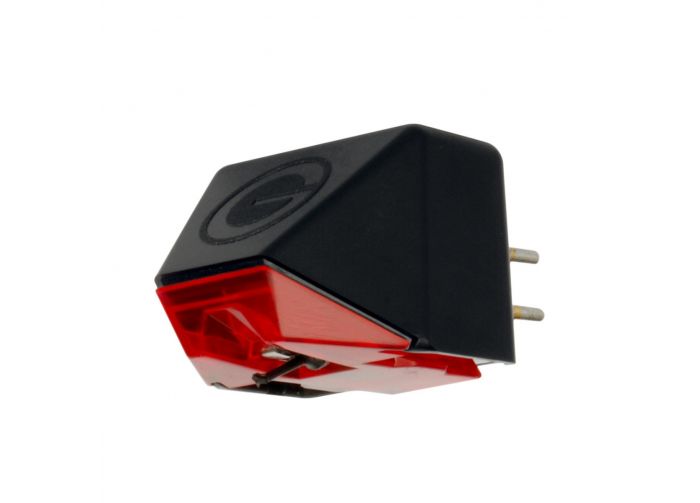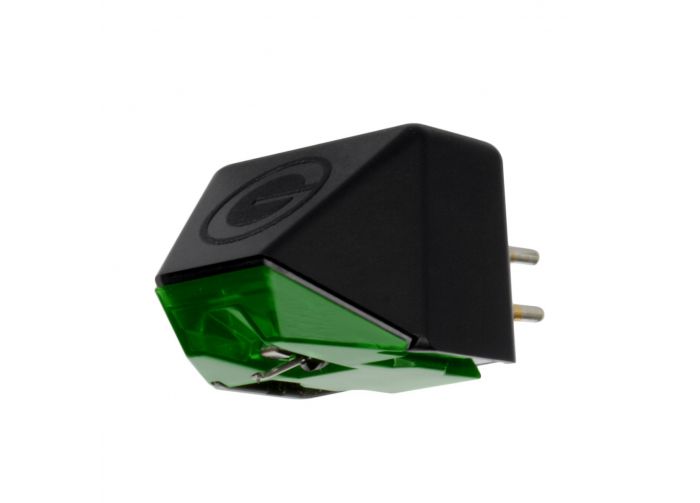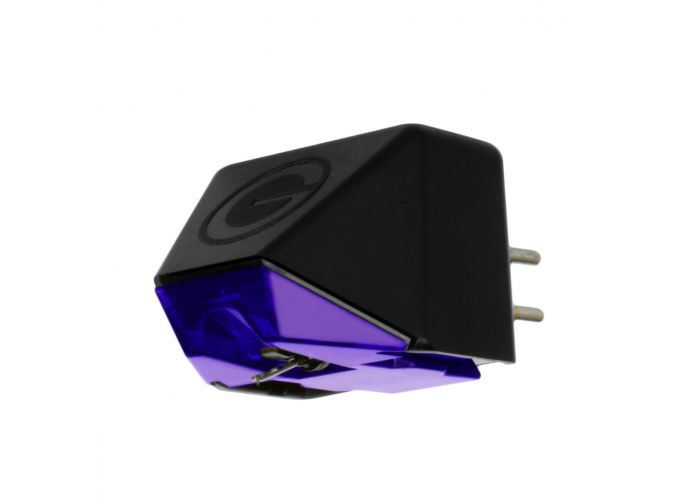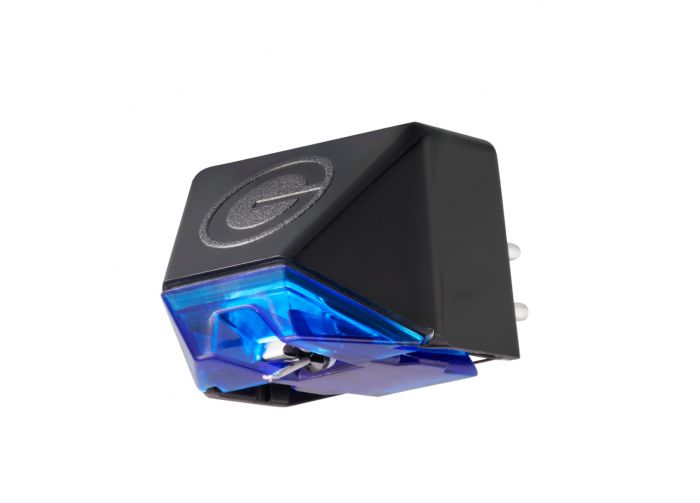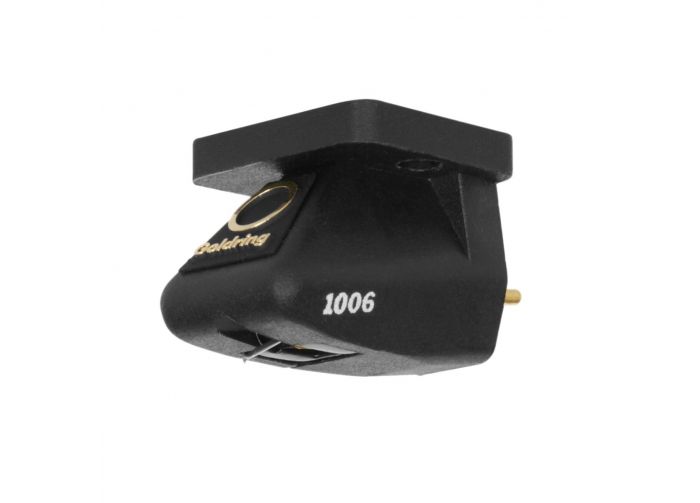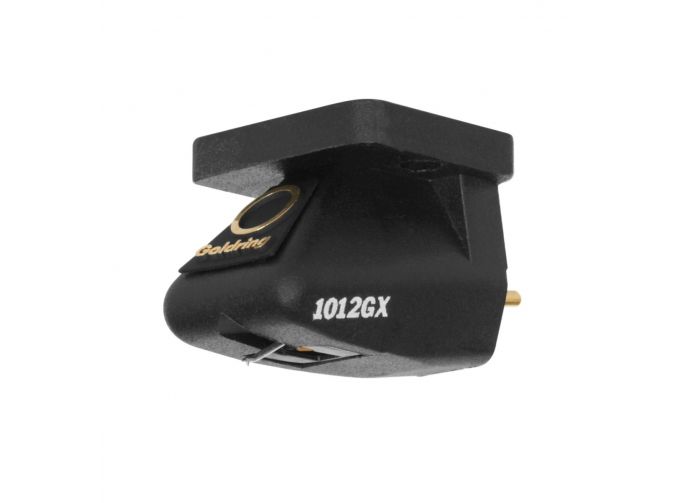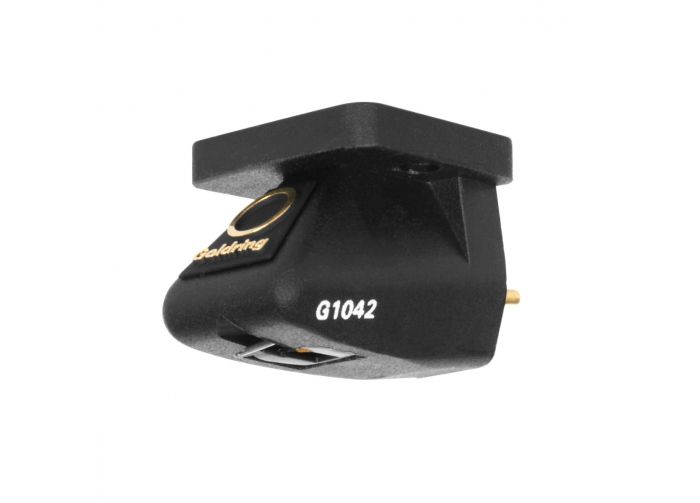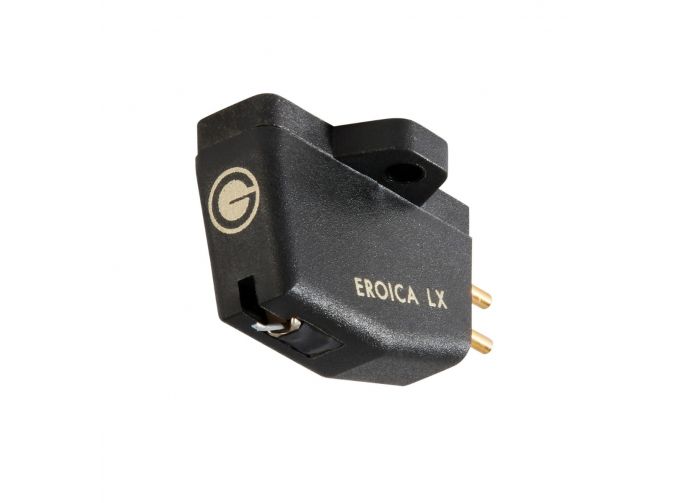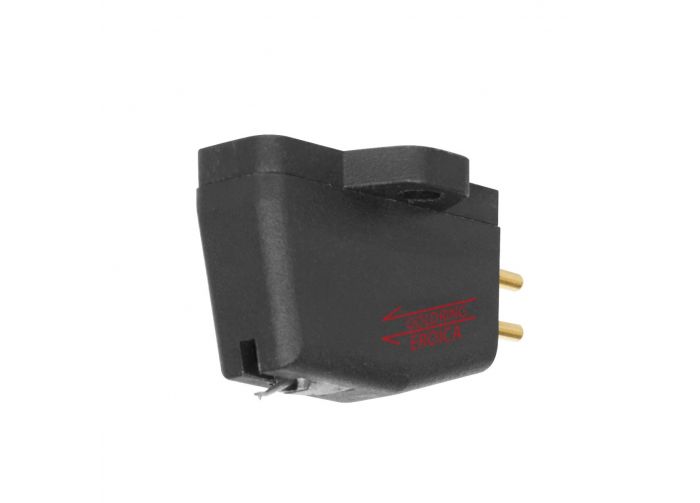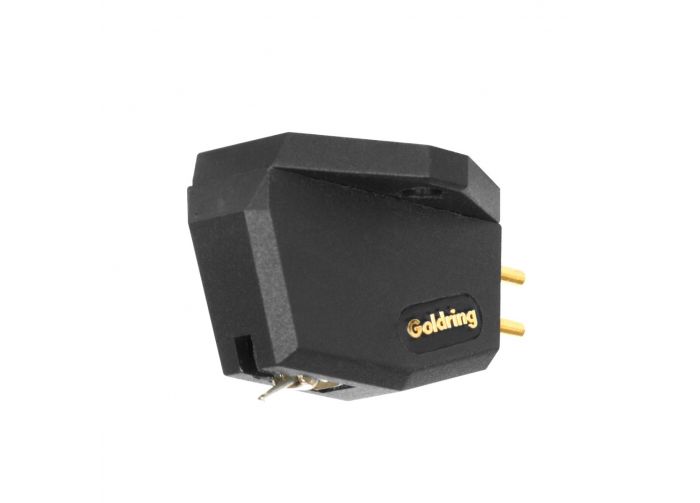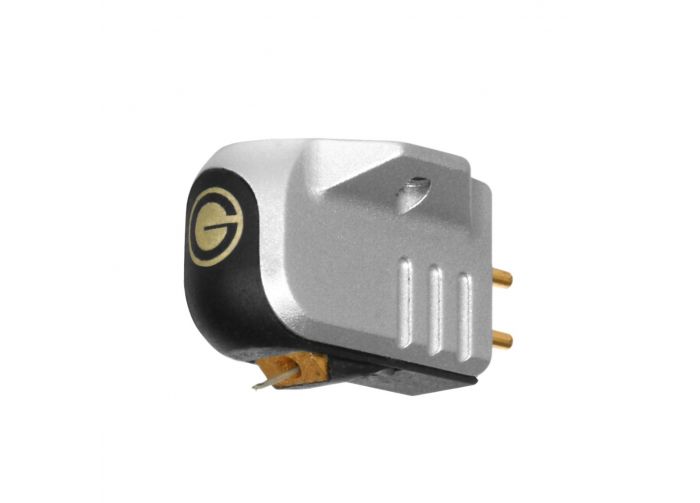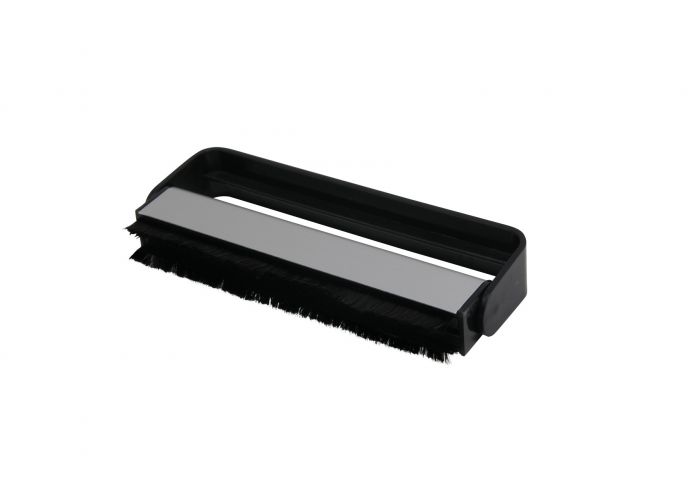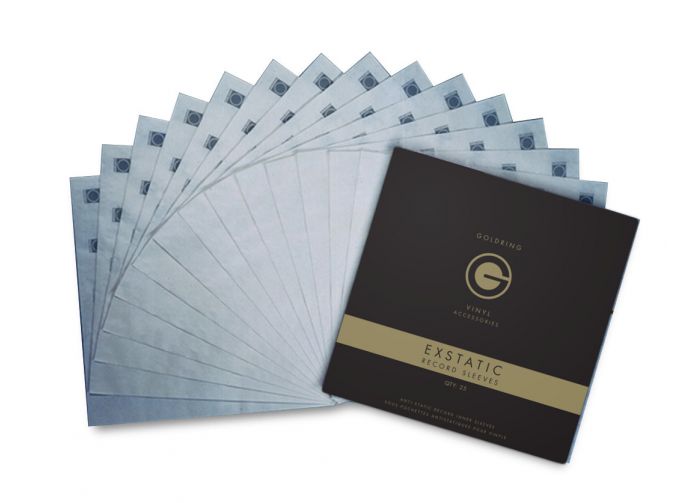

Goldring
13 products
Showing 1 - 13 of 13 products
Goldring has over 100 years of expertise. The Goldring brand has long been synonymous with all that is great in British hi-fi and is a name closely associated with quality, innovation and reliability throughout vinyl's long history.

1906
Goldring got its start in Berlin in 1906, when two Czechoslovakian-born brothers, Heinrich and Julius Scharf, began producing parts for the fledgling gramophone industry under the name Gebrüder Scharf.
Initially the Scharf brothers focused on gramophone needles, hand-wound motors, and regulator springs, but soon expanded to more sophisticated "sound boxes," which were the all-acoustic ancestors of the modern magnetic pickup.

1920
"Trademark of Quality"
During the 1920s product development continued and in 1926 the iconic Juwel Electro cartridge was launched, incorporating a mica diaphragm and bearing the Gold Ring stamp to denote superior quality. These pieces were specifically designed to get the most out of the latest electrically recorded 78rpm records, hence the name "Electro". 
1930
"Early Electric Pickups"
The Scharf brothers remained at the forefront of innovation, patenting technologies for the emerging gramophone needle industry in the 1930s. The company moved to England in 1933 where it was managed by Heinrich's son Erwin, later joined by his brother Freddie. Together they reformed the company as Scharf Bros in a factory in Woodford, Essex where they continued to produce traditional acoustic cartridges and new electric needles.

1940
"World War 2"
During the Second World War, they used part of the Woodford factory to contribute to the war effort, but still continuing the research and development begun before the outbreak of hostilities.
The Scharf brothers perfected the Model 100 magnetic cartridge and versatile Headmaster phonochromatic tonearm in a new factory in Dalston, East London, after the original factory was destroyed by a V-1 flying bomb. 
1950
"Turnover Technology"
In 1953, the business was officially renamed 'Goldring Manufacturing (GB) Ltd' and was soon relocated to Leytonstone, East London, employing nearly 100 people at every stage of production. The Scharf brothers went on to develop revolutionary high performance magnetic styluses such as the No. 500. It had a 33/45 RPM dual sapphire stylus with "turnover" technology and was smaller and lighter than older models, being described as the first hi-fi low dynamic mass cartridge. The Goldring 500 was used extensively by the BBC and was acclaimed around the world, giving Goldring a place at the table of world-renowned hi-fi companies. 
1960
Success in the Stereo
In the early 1960s stereo LPs were gaining popularity, so they modified the latest 600 model cartridge to work in stereo, calling it the 700 model. However, the new cartridge was too bulky and the tip mass too large to fit. correctly track stereo discs. Engineering work was then initiated on an entirely new design and in 1967 the G800 'variable reluctance' type cartridge was released. It was an instant success, the new design keeping the moving mass of the cartridge low allowing for a playing weight of less than 2g. This helped make it compatible with the rapidly evolving lightweight turntable-mounted pick-up arms produced around the world during this boom in the hi-fi industry. 
Goldring list
During the 1950s, Goldring teamed up with Swiss turntable manufacturer Lenco in a partnership that lasted about 20 years. This led to the launch of several products, including the critically acclaimed GL75 turntable in 1967, a model still sought after today and distinguished by its legendary build quality and superior sprocket drive system design. 
1970
Introducing moving magnets
Goldring enjoyed great success in the late 1960s and early 1970s and went public, moving to large premises in Bury St Edmunds in 1974, where it employed nearly 300 people. This is where the 900 Series was designed and manufactured. Advances in magnetic materials allowed small, powerful magnets to be mounted directly to the top end of the cantilever to form some of the first moving magnet turntables. The business became Goldring Products Ltd. in the late 1970s and management passed to Gerry Sharp, grandson of founder Heinrich Scharf, when it reverted to private ownership. 
1980
The first Moving Coil
With the advent of super-strong magnets such as samarium-cobalt and later neodymium, Goldring began developing even more advanced cartridges using a fixed magnet and voice coil. The Electro II, released in 1983, was our first MC cartridge, gaining sonic advantages through a lower moving mass and low output impedance. MC technology was further refined with the Eroica and the Excel, while development of the MM cartridges continued with the launch of the original 1000 series in 1985. 
1990
Continue the innovation
Since the 1980s, with the introduction of CD technology, many consumers have begun to move away from records and turntables. By this time, Goldring had significantly reduced its size and outsourced much of its component manufacturing, which allowed it to focus on technical development and remain at the forefront of cartridge design. The high performance Elite MC head has been developed for a more demanding specialist market and the 1000 series MM heads have been further improved. 
2000
End of the Century
In the early 2000s, the company embarked on a second venture into turntable design, launching the GR1 turntable in 2003 followed by the award-winning GR2 in 2005. Cartridge development continued with the introduction of the 2000 Series which implemented a moving magnet design with low moving mass and a range of advanced stylus profiles. Goldring relocated to Bishops Stortford and in 2009 the flagship Legacy MC cartridge was launched, combining innovative 'heritage catalogue' design with modern materials and manufacturing techniques to produce a class leading result. 
2010
A New Generation
Thanks to a resurgence in popularity of vinyl in the early 2010s, a new market has emerged with a new generation of consumers turning to turntables and cartridges. Goldring responded by developing the E Series, a set of high-quality entry-level MM cartridges that have been well received by vinyl enthusiasts.
They have also continued to push the development of MC cartridges forward, using emerging technologies to create the Ethos, the high performance moving coil cartridge, launched in 2018. 

